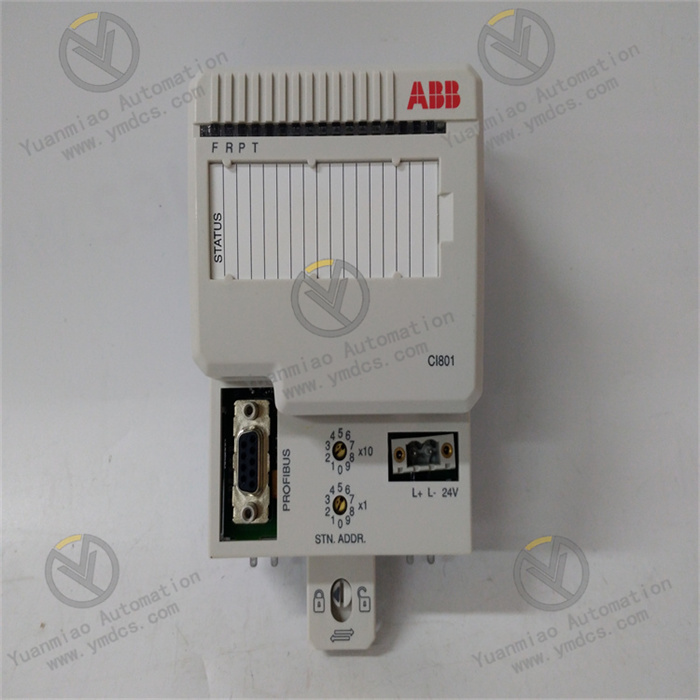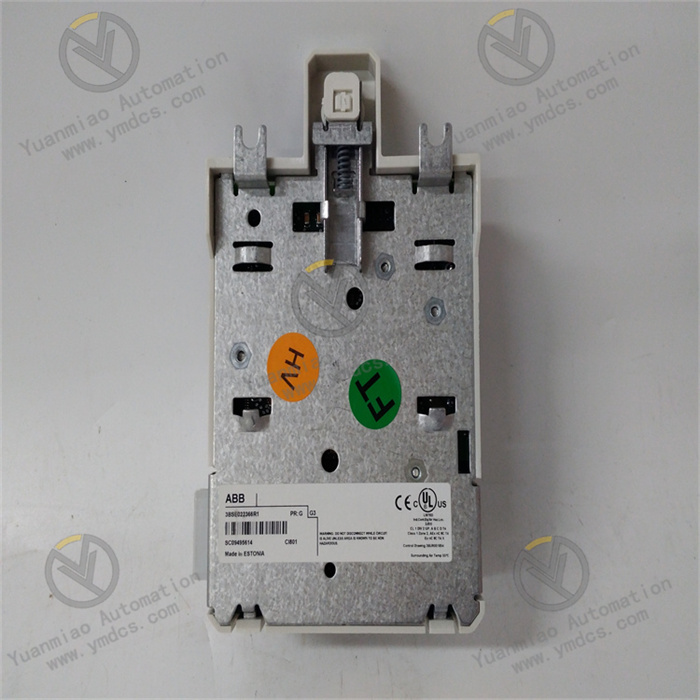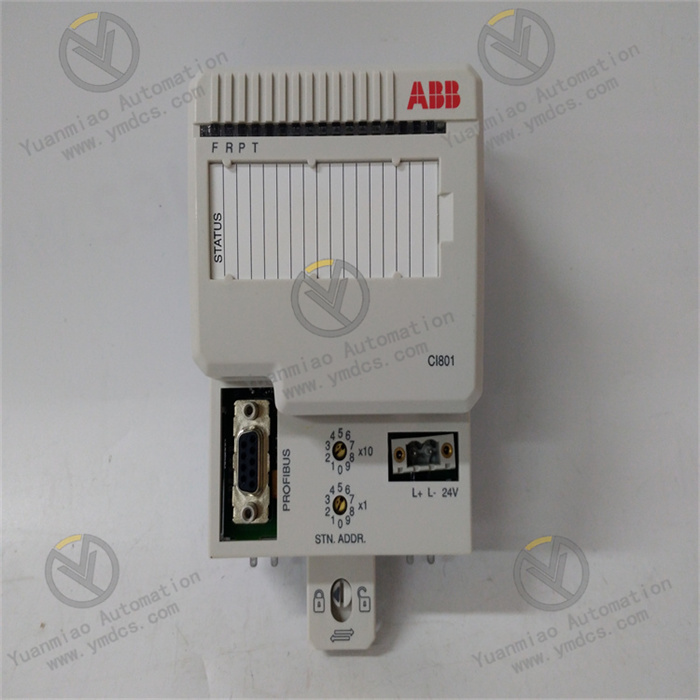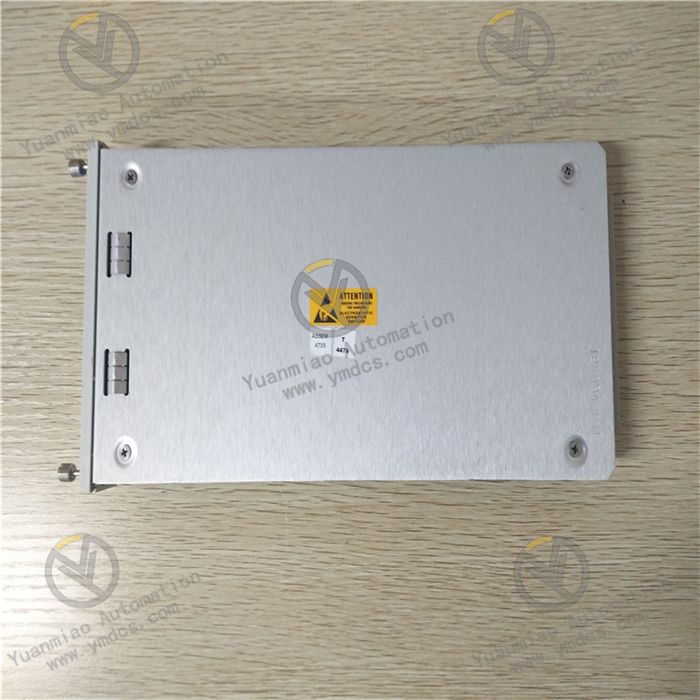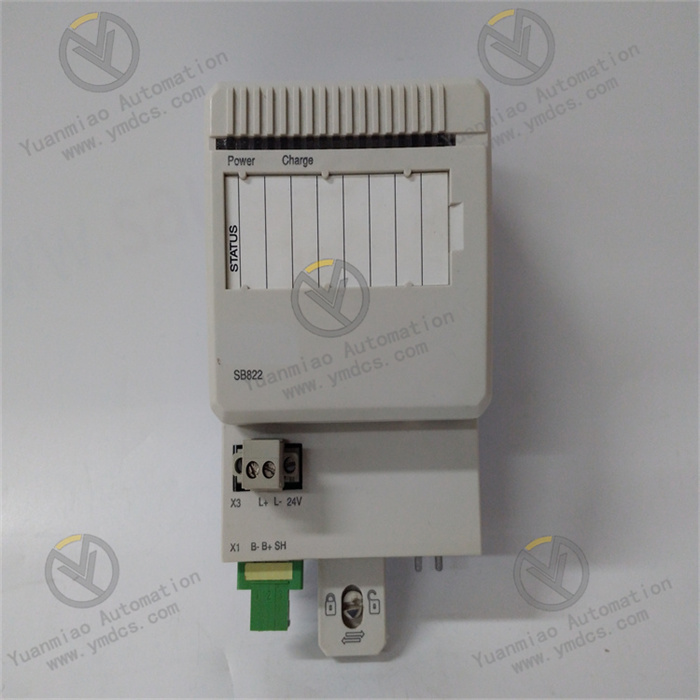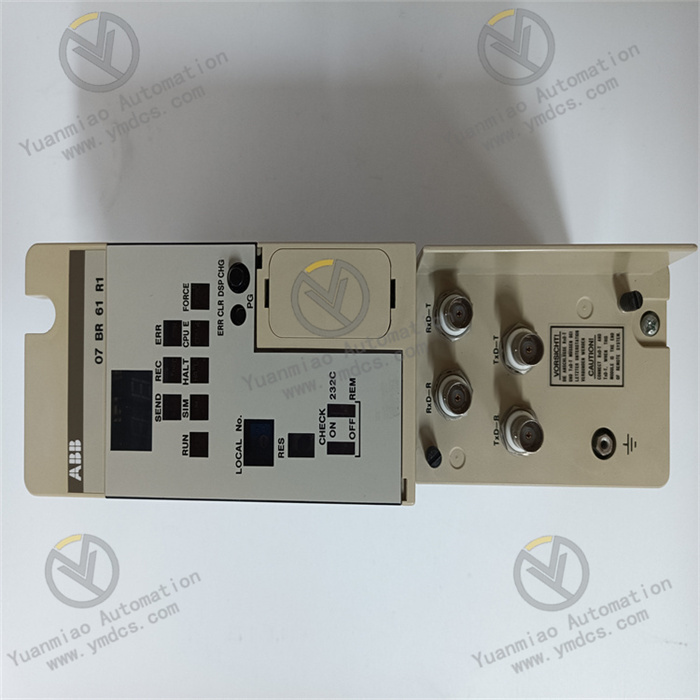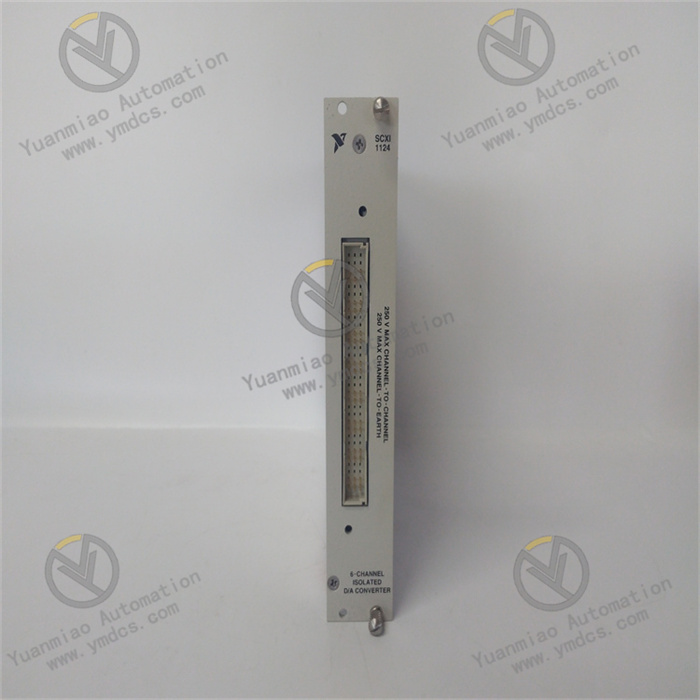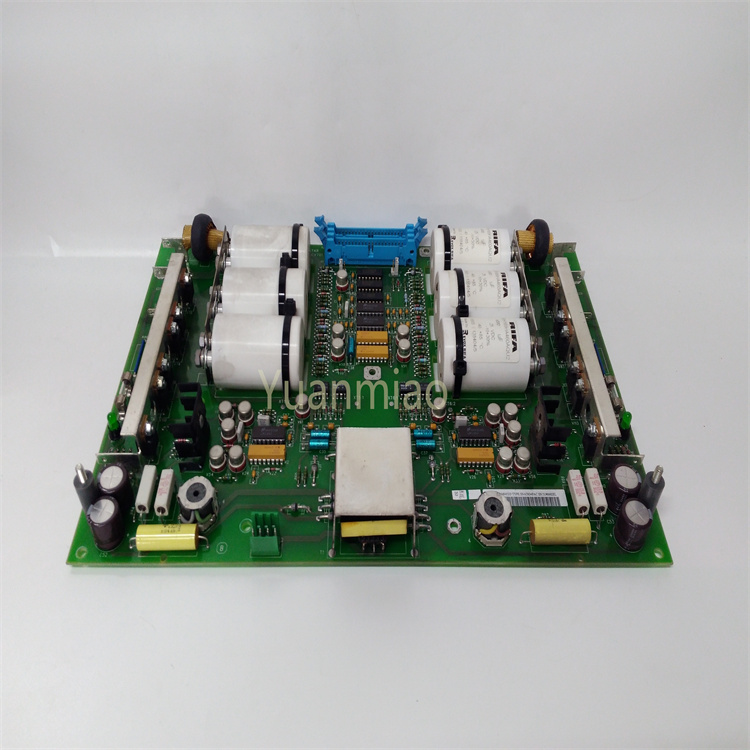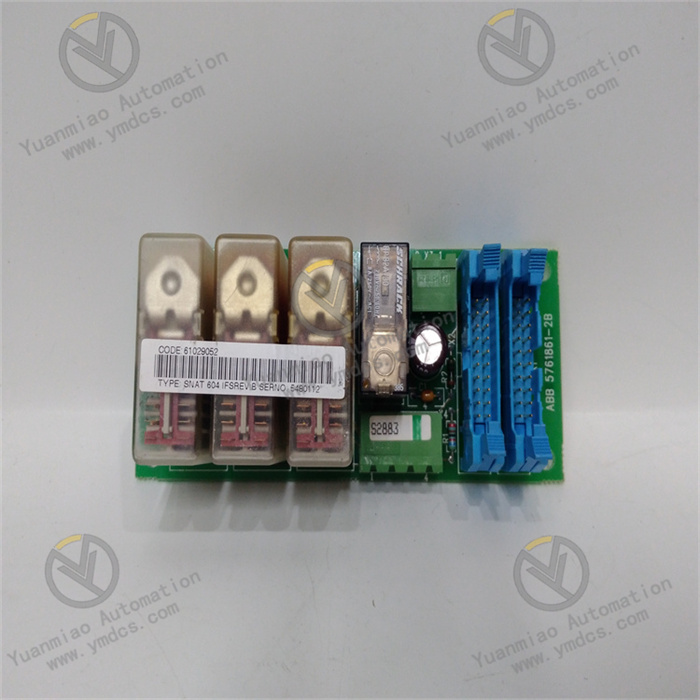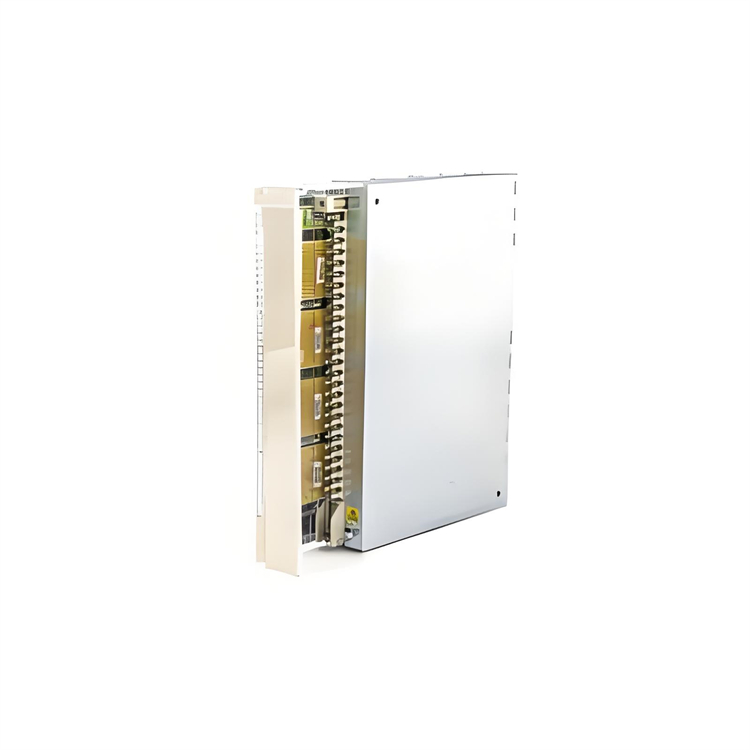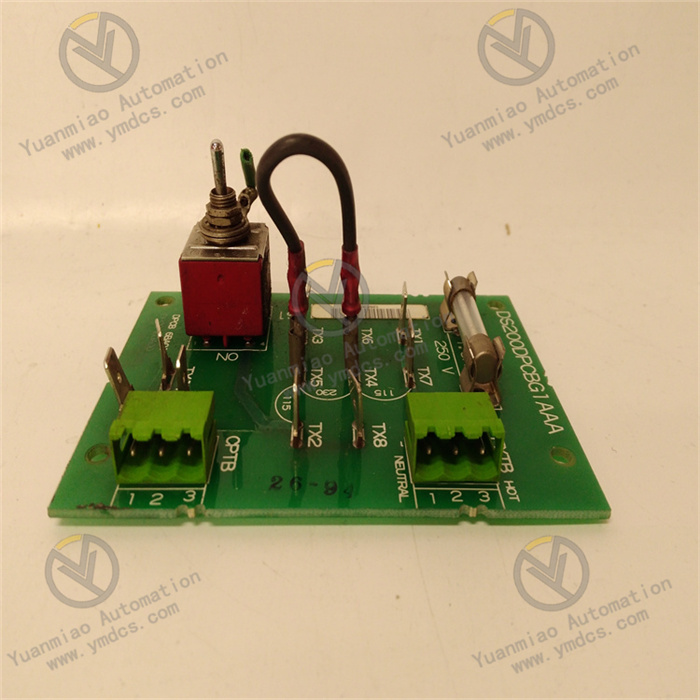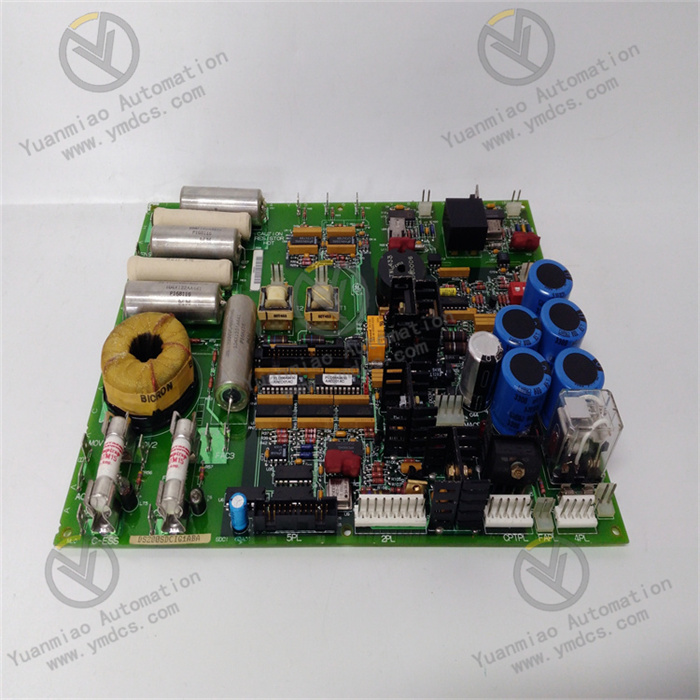Description
Basic Information
Product Type: Communication Interface Module in industrial automation control systems.
Brand/Model: ABB / CI801, Order Number: 3BSE022366R1.
Application Scenario: Suitable for ABB AC 800M controller systems, serving as a fieldbus communication interface to enable data interaction between the controller and external devices (such as sensors, actuators, and third-party controllers).
Brand/Model: ABB / CI801, Order Number: 3BSE022366R1.
Application Scenario: Suitable for ABB AC 800M controller systems, serving as a fieldbus communication interface to enable data interaction between the controller and external devices (such as sensors, actuators, and third-party controllers).
Appearance and Physical Parameters
Dimensions: Approximately 100mm (Height) × 25mm (Width) × 150mm (Depth) (subject to the official manual for specifics).
Weight: Approximately 0.5kg.
Installation Method: Rail-mounted (supporting standard DIN rails), can be directly inserted into the slot of the controller rack.
Weight: Approximately 0.5kg.
Installation Method: Rail-mounted (supporting standard DIN rails), can be directly inserted into the slot of the controller rack.
Performance and Functional Features
Communication Protocol Support
- Main Protocol: Profibus DP-V1 (compliant with IEC 61158 standard), supporting Master and Slave modes.
- Scalability: Adaptable to different baud rates (up to 12 Mbps) and network topologies through hardware configuration or software parameter settings.
Interfaces and Connections
- Physical Interfaces:
- 2 x 9-pin D-sub connectors (for Profibus bus connection).
- Supports redundant bus connections (dual-cable redundancy to enhance reliability).
- Status Indicators:
- LED indicators (power, communication status, error alarms, etc.) for real-time display of the module's operating status.
Functional Characteristics
- Data Processing Capability: Supports transmission of periodic data (process data) and aperiodic data (parameter configuration, diagnostic information).
- Diagnostics and Redundancy:
- Built-in self-diagnostic function to detect bus faults, device disconnections, and other issues.
- Supports hot-swapping (requires system configuration), facilitating maintenance and replacement without affecting system operation.
- Compatibility: Seamlessly integrated with ABB AC 800M controllers, allowing parameter configuration and programming via Control Builder M software.
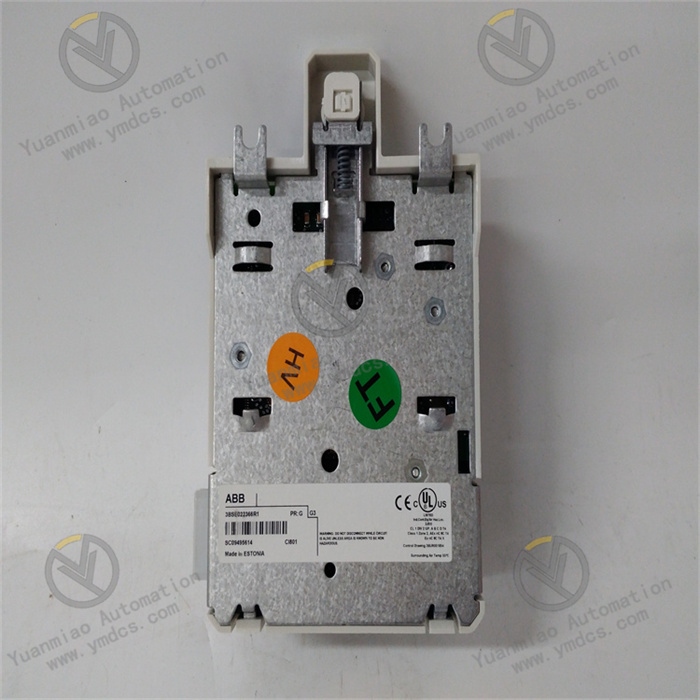
Product Composition and Accessories
Standard Configuration
- 1 x CI801 module Ontology.
- 1 x Quick Installation Guide and User Manual (electronic or paper version).
Optional Accessories
- Profibus bus cables and terminal resistors (to be purchased separately).
- Rack slot adapters (for installation in non-standard racks).
Application Areas
Industrial Scenarios: Widely used in automation control systems across industries such as chemical, power, metallurgy, pharmaceuticals, food & beverage, and water treatment, for connecting field devices like distributed I/O devices, variable frequency drives, and smart instruments.
Typical Applications:
Typical Applications:
- As a Profibus Master to manage slave devices (e.g., ABB DI810 digital input modules, DO810 digital output modules, etc.).
- Communicating with third-party Profibus devices (e.g., sensors/actuators from brands like Siemens, Rockwell) to achieve cross-brand system integration.
Common Faults and Troubleshooting
| Fault Phenomenon | Possible Causes | Troubleshooting Methods |
|---|---|---|
| Power indicator not lit | 1. Power not connected or voltage abnormal 2. Internal power failure of the module | 1. Check power connection and voltage (24V DC) 2. Replace the module or contact maintenance personnel |
| Communication interruption/unstable | 1. Bus parameter mismatch (baud rate, address) 2. Damaged or poorly connected cables 3. Terminal resistor not installed | 1. Verify Profibus parameter settings 2. Inspect cable connections and replace faulty cables 3. Ensure terminal resistors are installed |
| Slave device disconnected | 1. Slave address conflict 2. Slave power failure 3. Module hardware failure | 1. Check the uniqueness of slave addresses 2. Investigate slave power supply 3. Locate the faulty module via diagnostic software |
| Abnormal LED flashing | 1. Software configuration error 2. Incompatible module firmware version | 1. Redownload the configuration file 2. Update the module firmware to the latest version |
Precautions
Installation Environment: Avoid use in high-temperature, humid, or strong electromagnetic interference environments; maintain good ventilation.
ESD Protection: Wear an anti-static wrist strap before operation to prevent electrostatic damage to the module's circuitry.
ESD Protection: Wear an anti-static wrist strap before operation to prevent electrostatic damage to the module's circuitry.


